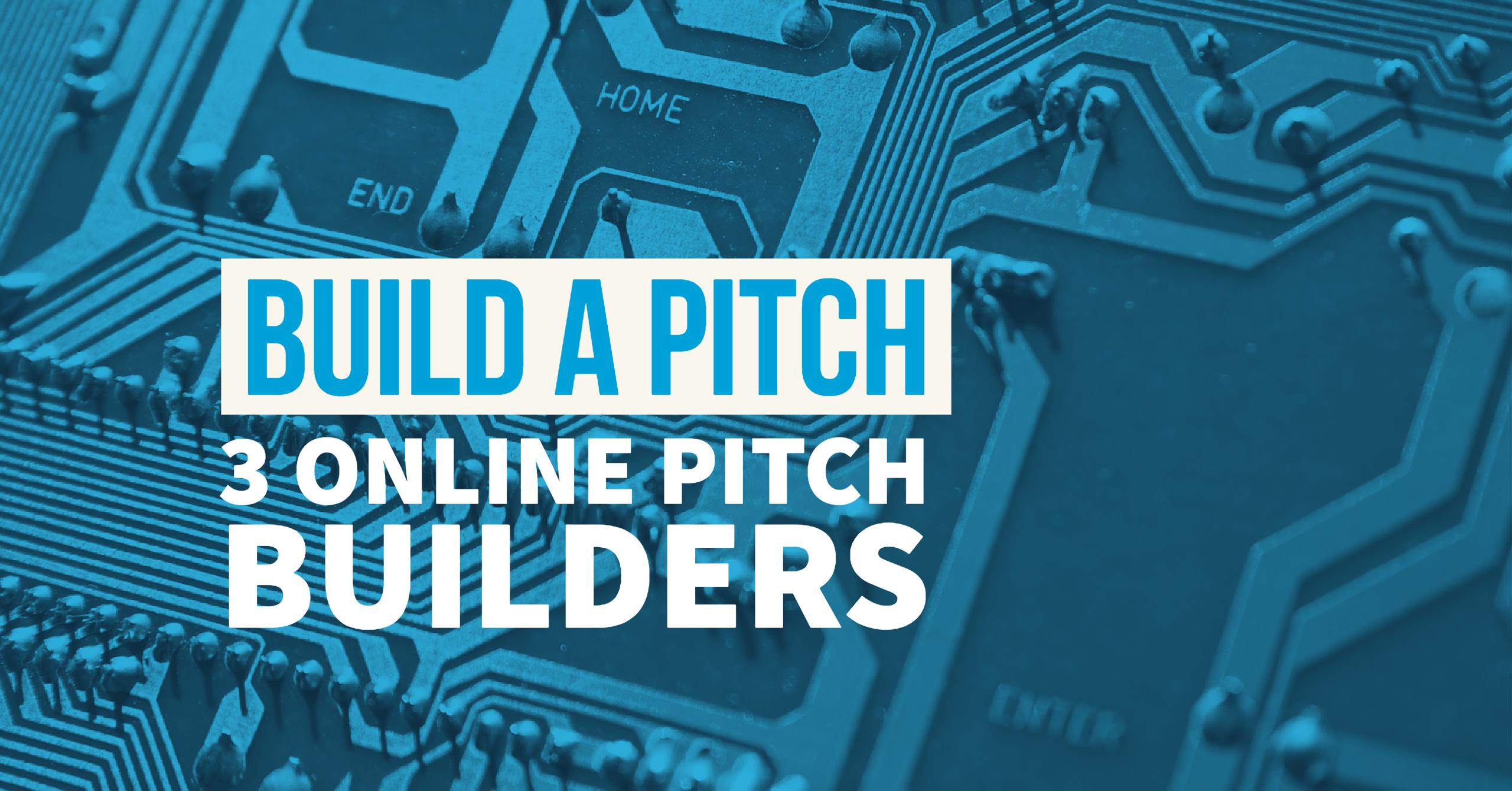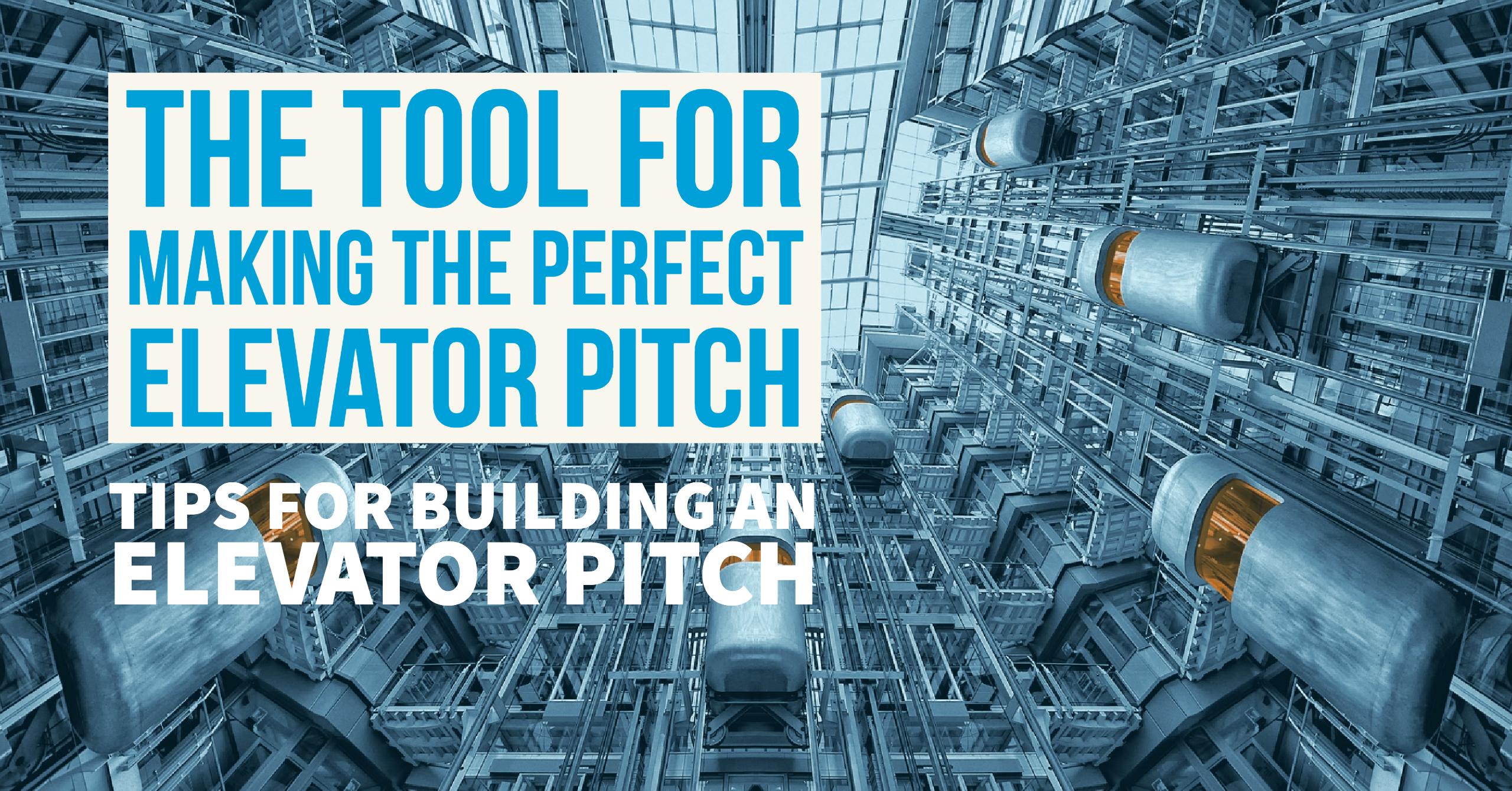
What no one really tells you about elevator pitches is that they aren’t actually pitches. They are not even soft sales lobs. That’s right, no elevator pitch has ever sold a product, got someone hired, garnered angel funding or earned a new client. Is that surprising? Think about it, would you hire someone or spend hundreds if not thousands of dollars on the basis of thirty-seconds of speech? It’s an elevator pitch, not a magic spell.
Your talents as a witch aside, elevator pitches do serve several useful purposes. First and foremost, they make you think about what you do. An elevator pitch makes you dig in and really understand what your unique offering is. More often than not, in addition to giving you more insight into what makes you unique in the marketplace, it also makes you appreciate that you have multiple unique offerings.
An elevator pitch also lets you do something that has become increasingly difficult since the introduction of social media. It teaches you how to deliver a proper introduction. An elevator pitch delivers information about you, or your product or your company neatly and succinctly. It tells your audience the things that you really want them to know in a way that is not weird or time-consuming.
That’s the third thing the elevator pitch does. It teaches you to boil down your message to the essentials. Your pitch answers the question, what exactly do I need this person to know? It gives them nothing more and nothing less. If you can capture their interest with an effective introduction you will earn the right to deliver your real pitch. That’s where the sale happens or the job offering shows up but first, you have to start with the elevator pitch or perhaps if we want to accurately describe what you are doing, the elevator introduction.
Tips for building great elevator pitches:
- An elevator pitch is the briefest pitch you can give. It’s a quality introduction that takes about 20 seconds. You can take longer but the longer you keep talking without interaction with your audience, the more opportunity there is for things to go wrong.
- An elevator pitch is generally a two or three sentence description. What goes into your pitch is a reflection of what you are trying to achieve.
- New job or client: If you are looking for a job or a client your pitch will cover what you do, what you want to do and why you do it.
- Product or service sales: If it’s a product you’re trying to share information on, your pitch will share the benefits, how people use it and what makes it unique.
- Share what makes you unique in the market, what do you offer that others do not?
- Describe what you do or what your product does well. Does it save money? If so, then be specific, who saved money and how much. Use explicit statistics that demonstrate that you know your stuff and have a clear understanding of how your product works.
- There is no one pitch that fits all audiences. Create custom pitches to serve different purposes.
- All pitches should have elements of the following:
- Information: There’s little value to a pitch that is so abbreviated or clever that it becomes obtuse. You want to share something about yourself. The idea is to inform and relate to the person you are talking to.
- Confidence: You should be comfortable delivering your pitch and while you should always be self-assured, you should never be arrogant or boastful. When you brag you’re a bore. No one wants to talk to a bore much less do business with one.
- Pitches should be interesting enough to capture attention and make you memorable. Consider what makes you unique. What distinctive features, qualities or facts are part of your original idea or offering?
Once you’ve delivered your pitch, follow through.
- Don’t forget that this is an exchange intended to build a relationship. Get to know the person you are speaking to better. The best way to do that is to get them talking. Hook them with questions about themselves. Ask them about their work. How did they get started? What do they like best?
- Share your business card. Once you have engaged in an exchange, offer your business card. It’s a great way to create an opportunity for future communications. Generally speaking, don’t ask for their card. Once you offer yours, if they are interested, they will offer you their card.
- Follow through, reach out through LinkedIn and get connected. Look for opportunities to provide assistance. Do you know of a book, blog or article that might help that person or that they might find interesting? Do you know someone they would like to meet?
Sample Elevator Pitch
I run a small communications shop called CommStorm that helps entrepreneurs and associations tell their stories. I use my years of political, corporate and association experience to build thoughtful communications strategies. And while I love developing strategies, the best part of what I do is getting in there and turning great ideas into reality.
If you understand what you have to offer, know how to introduce yourself effectively and can do it all succinctly and clearly, then you’ve accomplished more than most and that’s often the edge you need to succeed where others fail. So build your elevator pitch, work on it indefinitely, change it to reflect evolving needs and understand the value of a great pitch.
Related Articles:




